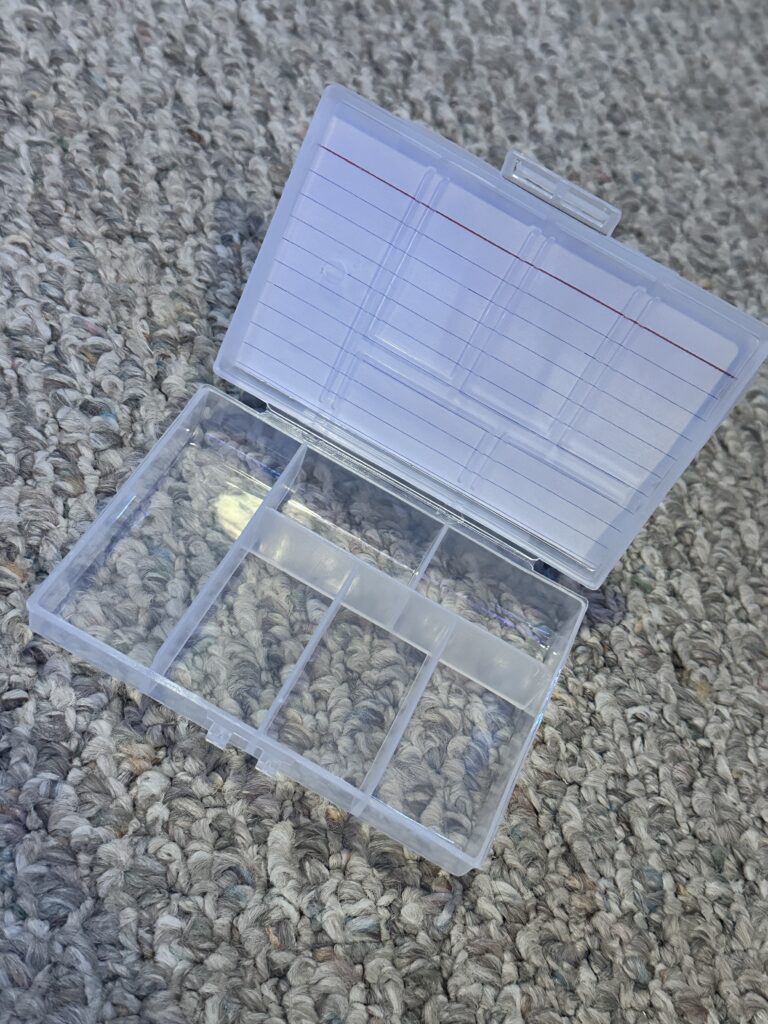Trolls Riddle Run
Players: 3-5 Players
Game Pieces:
Character piece
6-sided dice
3-sided dice
Chance cards
Chance coin (for sneaking over bridges)
Starting the game:
Youngest player starts the game.
Turns move clockwise.
Moving Through the Board:
Roll the 6 sided dice to determine the number of spaces you move in a turn.
If an even number is rolled on the die, pull a chance card from the pile after you have moved the correct amount of spaces. When pulling a chance card, the card must be completed that turn unless otherwise stated.
Bridges:
Slimy Swamp
Billy Goat Bridge
Thorny Thicket
Fae Forest
When you land directly on a bridge you must answer a riddle and if you get it right you can roll again. If answered incorrectly, pull a chance card then can move forward or backwards after that.
If you come upon a bridge in the middle of a move, you flip the chance coin to determine your ability to sneak across the bridge unnoticed by the troll. Landing on the noisy side means you have to answer a riddle to complete your roll, the muted side means you can sneak across unnoticed and complete your turn. If you answer the riddle incorrectly you are stuck on the bridge until your next turn (no need to answer a riddle on your next turn, just move across the bridge). If the riddle is answered incorrectly pull a chance card from the deck
Riddles:
When answering a riddle, riddle cards should be drawn by a different player than the one answering the riddle. If the riddle is answered incorrectly by the player do not say the answer allowed (in case, it comes back around). Place the riddle card at the bottom of the pile if answered incorrectly, discard if answered correctly. Players get 45 seconds to complete a riddle but they can guess twice during that time limit. The Easy Riddles are for bridge crossings, the Hard Riddles are for the final battle.
Chance Cards:
1 of each bridge in the chance deck, if pulled, move to the chosen bridge even if it is behind you on the board. There are 8 kinds of beneficial chance cards and 7 kinds of damaging chance cards.
Lucky Charm – Hold onto to skip one chance card in the future
Forest Guide – Roll 3-sided die to move forward extra spaces
Battered Map – Look at the next 3 chance cards and put them back in any order you would like
Mischievous Fairies – Swap places with person closest to troll
Playful Pegasi – Everyone player moves forward 1 space
Troll Call- Hold onto to get past any 1 riddle. (can be used in the final battle against the troll)
Riddle Swap- Hold onto to swap 1 hard riddle for an easy riddle.
Clever Camouflage- Hold onto to bypass a bridge of your choosing without having to flip a coin, or answer a riddle.
Whispering Woods – Roll 3-sided die to move backward.
Goblin Tricksters – Swap spaces with the person furthest from the troll.
Sudden Darkness – On your next roll attempt to move the correct amount of spaces forward with your eyes closed. If you land on an incorrect spot, move backwards to the closest bridge
Trolls Footprints – All players move backwards 1 space
Spooky Fog – Move backwards for your next roll
Echoes of Doubt – Move backwards for your turns until you roll an odd number. (If you roll an odd number on your immediate next turn you can continue to move forward)
Gift of Generosity- If you have any stored beneficial chance cards, give one away to a player of your choice.
Final Battle With the Troll:
When you reach the end space with the troll, you will stay there for 3 rounds and you have to answer a riddle correctly each round to win. If you get 1 riddle wrong your turn ends and your correct riddle tally goes back to 0 for the battle.
First player to answer 3 riddles correctly wins the game.




















